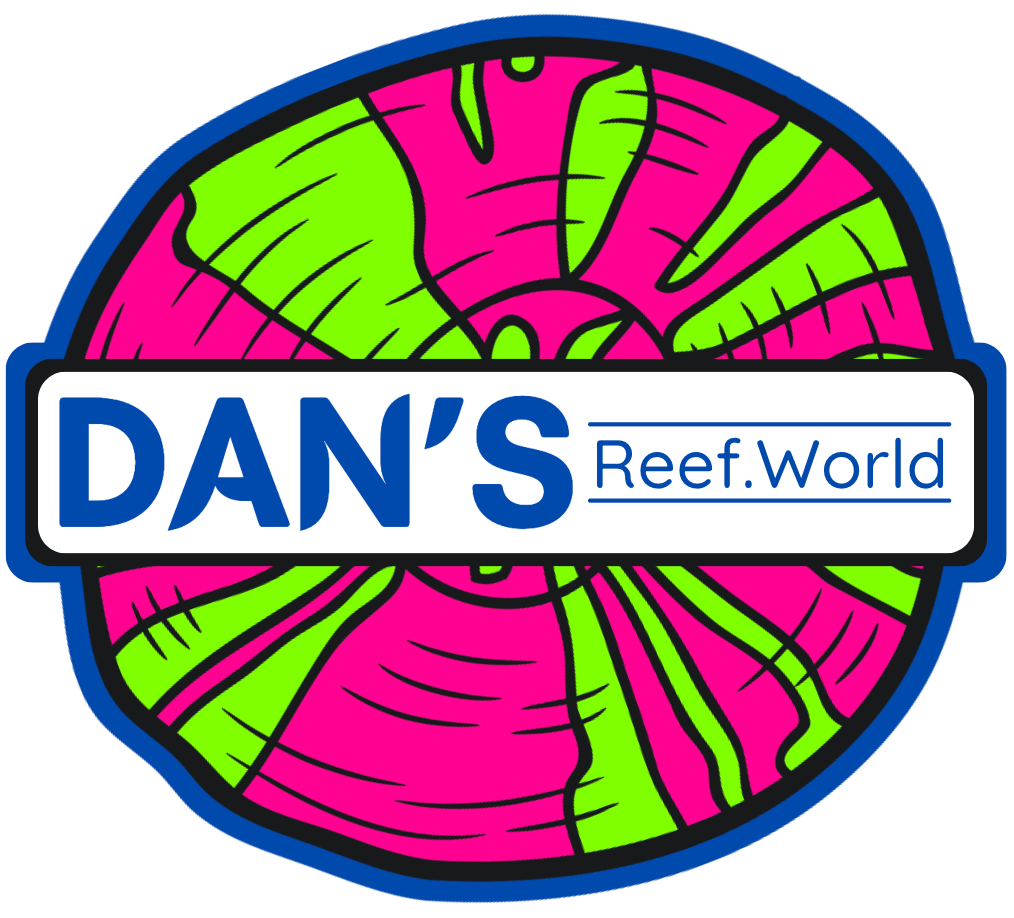Intro - Family Merulinidae
Coral reefs are among the most diverse and vital ecosystems on Earth, supporting a myriad of marine life and playing a critical role in ocean health. Among the many coral families that contribute to these vibrant underwater habitats, the Merulinidae family is particularly noteworthy for its unique characteristics and ecological importance. In this blog post, we’ll explore the features of Merulinidae corals, their roles in reef ecosystems, and the conservation challenges they face.
-
The Merulinidae family, commonly known as "honeycomb corals," includes various stony corals found primarily in tropical and subtropical waters. This family encompasses notable genera such as Merulina, Goniastrea, and Favia. Merulinidae corals are recognized for their distinctive skeletal structures, which can range from massive boulders to plate-like formations, creating complex habitats within the reef.
One of the defining features of Merulinidae corals is their intricate and robust skeletal architecture. Many species exhibit a honeycomb or porous appearance, which not only adds to their aesthetic appeal but also enhances their resilience against environmental stressors. Their polyps can be relatively large and are often extended during feeding, allowing them to capture plankton and small organisms effectively.
-
Coloration in Merulinidae corals can vary significantly, influenced by the presence of symbiotic zooxanthellae—tiny algae that live within their tissues. These algae provide essential nutrients through photosynthesis, contributing to the coral’s vibrant hues, which can range from deep greens and browns to striking yellows and blues.
-
Merulinidae corals play a vital role in the health and stability of coral reef ecosystems. As key reef builders, they contribute significantly to the physical structure of reefs, providing essential habitats for various marine organisms, including fish, invertebrates, and crustaceans. Their complex formations create niches and shelter for many species, enhancing biodiversity within the reef.
Moreover, these corals help stabilize sediments and mitigate coastal erosion. By binding sediments together, they promote a healthier environment for other marine species and contribute to the overall resilience of the reef ecosystem.
Despite their ecological significance, Merulinidae corals face numerous threats. Climate change is a primary concern, as rising sea temperatures can lead to coral bleaching, a phenomenon in which corals expel their symbiotic algae. This process results in a loss of color and essential nutrients, leaving corals vulnerable to disease and mortality.
-
Ocean acidification, driven by increased carbon dioxide levels, further threatens the health of Merulinidae corals by impairing their ability to produce calcium carbonate structures. Additionally, pollution from coastal development, agricultural runoff, and plastic waste disrupts the delicate balance of reef ecosystems, jeopardizing the health of these corals.
-
Addressing the challenges facing Merulinidae corals requires comprehensive conservation strategies. Establishing marine protected areas (MPAs) is crucial for safeguarding these corals and their habitats from human impact. Restoration initiatives, such as coral gardening and transplantation, are being implemented to help revive damaged reefs and support healthy coral populations.
Public awareness and education are vital in fostering a culture of conservation. By informing communities about the importance of coral reefs and the threats they face, we can encourage sustainable practices and responsible coastal development. Supporting marine conservation organizations and advocating for policies that protect marine ecosystems can significantly contribute to the preservation of Merulinidae corals.
-
The Merulinidae family of corals is a remarkable and essential component of coral reef ecosystems. Their unique structures, ecological roles, and contributions to biodiversity underscore the importance of conserving these vital organisms. As we confront the growing challenges posed by climate change and human activities, prioritizing the protection of Merulinidae corals and the habitats they support is crucial. Together, we can ensure that these extraordinary corals continue to thrive, enriching our oceans and sustaining the diverse marine life that relies on them for generations to come.




